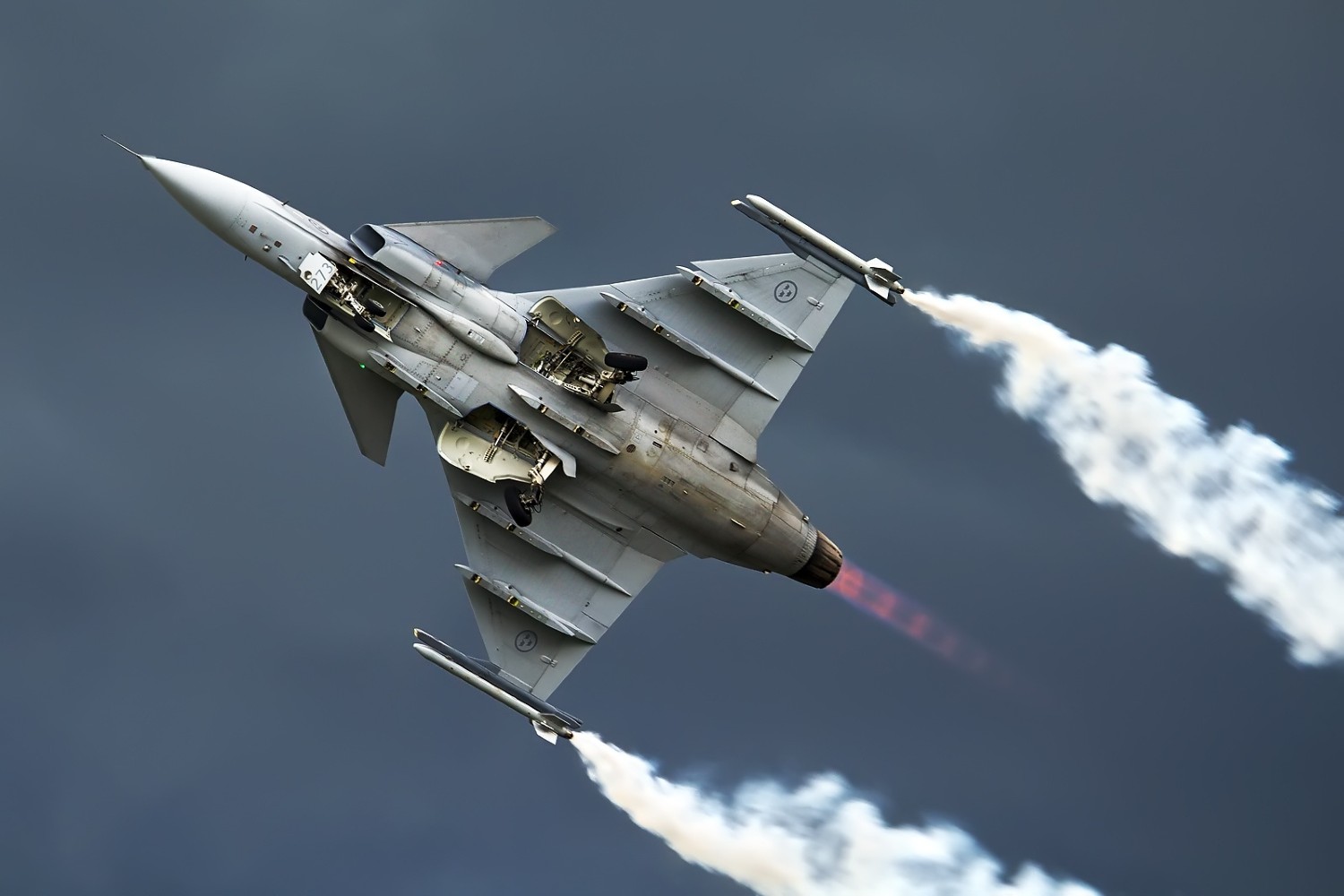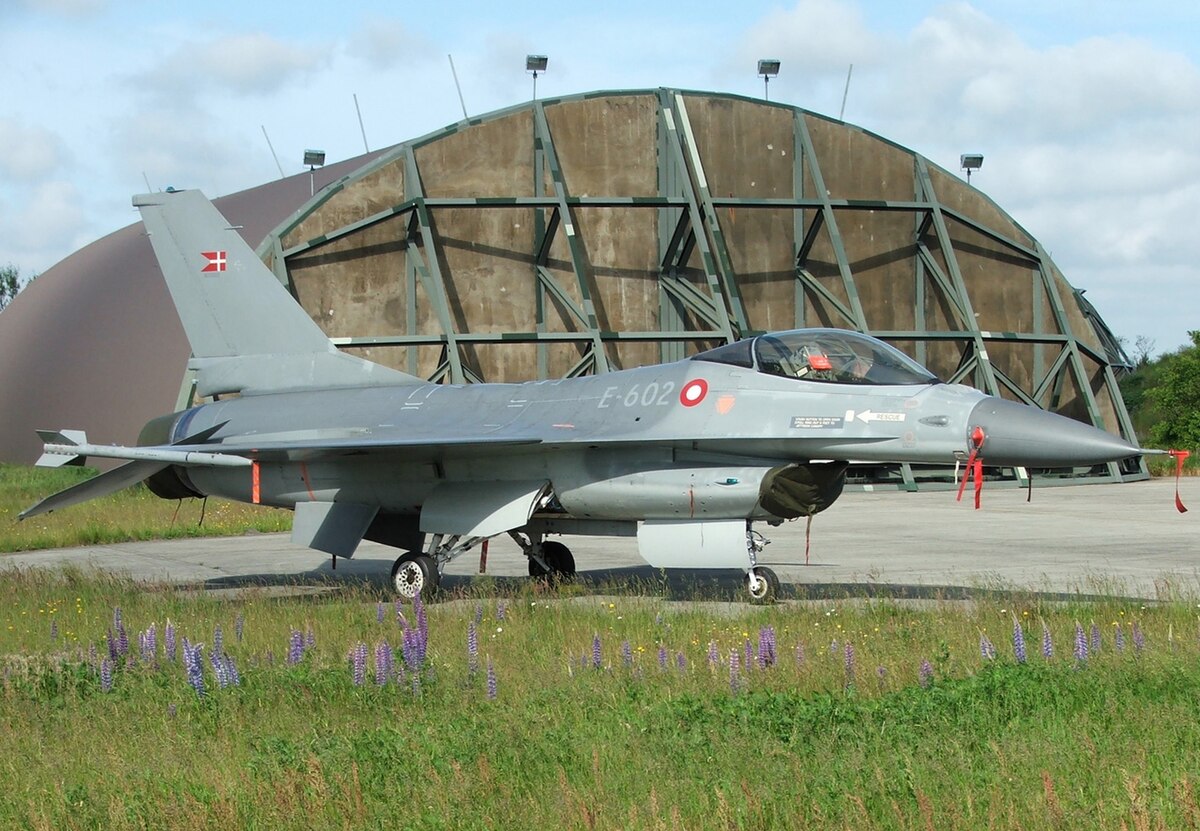Following Argentina, which earlier this month signed an agreement to purchase used F-16 fighters, neighboring Brazil is also in talks with the US about the potential purchase of Fighting Falcons.
F-16 vs S-400: Ukraine Prepares For BIG CLASH; Hunts Russian SAMs Before Deploying Fighting Falcons
Early in June, a ranking Brazilian officer reportedly informed Janes that the Brazilian Air Force (FAB) was in talks with the US administration about a potential purchase of 24 Lockheed Martin F-16 Fighting Falcons.
The official stated that even though talks are still in their early stages, the FAB plans to make a decision soon—possibly before the end of 2024. EurAsian Times could not independently verify these claims, but they do come at a time when the Brazilian Air Force is looking to replace its older fighter jets that have outlived their utility.
The report is nonetheless surprising, given that Brazil signed a $5.04 billion deal with Swedish manufacturer Saab in 2014 to acquire 36 Gripen E/F fighters, which are to be delivered by 2027. Later, in 2022, the signatories added four more fighters to the contract, bringing the total number of jets to 40.
Saab won the contract in 2014 for 36 Gripen E/F aircraft after a tough competition that included the Dassault Rafale, Boeing’s F/A-18 Super Hornet, and the Eurofighter Typhoon. It is imperative to note that the F-16 was never part of the contest.
Last year, the country indicated that it was looking to add more Gripens to its fleet.
“The Brazilian Air Force said it has a need (for more Gripen fighters). We are looking at this and studying it,” Defense Minister Jose Mucio said during the Laad defense industry trade show in Rio de Janeiro.
However, FAB is looking for less expensive alternatives to replace its outdated fighter aircraft, despite the service’s expectation to buy a second batch of Saab Gripen E/Fs. Earlier, the service was looking to nearly double the Gripen purchase so it could replace the archaic Mirage and AMX jets in its fleet. However, an economic slowdown appears to have triggered a rethink.

The AMX fleet is scheduled to be withdrawn by the end of 2025, and since there aren’t enough Gripens scheduled to replace them, the FAB is considering less costly alternatives.
Brazil tried to purchase a batch of F-16s from the US several years ago, in the early 2000s. However, that bid failed. In 2002, the United States proposed to sell Brazil F-16 Fighting Falcons equipped with cutting-edge air-to-air missiles, marking the first such proposal to a country in Latin America.
The Brazilian government received a pitch from the Defense Security Cooperation Agency for the cutting-edge F-16s along with related armaments and equipment, such as the sophisticated AMRAAM medium-range air-to-air missiles.
At the time, the Pentagon had a policy of not being the first to introduce new sophisticated technology into a region to prevent throwing off the military balance and sparking an arms race. However, an unknown official said that the bid was made because neighboring Peru had purchased a Russian AMRAAM.
Brazil was seeking a first batch of 12 to 24 fighter aircraft to replace its deteriorating Mirage III fleet. From a pool of options available to the country, it eventually shortlisted the Dassault Rafale, Boeing F/A-18 Super Hornet, and the Saab Gripen NG. The F-16 was eventually dropped.
In what seems to be a full circle, the talks for the purchase of second-hand F-16 talks are on the table again. Although an older F-16 variant may not be as advanced as the Gripen-E/F fighter, the F-16 is a combat-proven aircraft that is widely employed worldwide and is highly adaptable.
Argentina Said Yes To F-16s First
The claimed negotiations are significant as they come against the backdrop of Argentina springing a surprise and signing a deal for used F-16 Fighting Falcons by dumping brand new JF-17 Block III jointly developed by Pakistan and China, which was on offer.
During a live broadcast on April 16, President Javier Milei and Defense Minister Luis Petri announced that Argentina had finally sealed a deal to purchase two dozen second-hand Danish F-16 Fighting Falcons for about $300 million.

The announcement closed the lid on a possible purchase of the JF-17 multi-role fighter. This was significant given that the Argentinean Embassy in China had announced on March 14 that the South American nation was considering the JF-17 fighter aircraft.
That said, while Argentina’s decision was reportedly influenced by US concerns about having a Chinese-origin jet in its backyard, Brazil’s consideration to buy F-16s may purely be based on finances and the need to update its aging air force.
However, this may come as yet another setback to SAAB which has been unable to secure an export order for its Gripen-E/F fighters after the deal signed with Brazil. If Brazil opts out, its only hunch would be a potential deal with the Philippines and Thailand, both of which are yet to make a concrete announcement of the purchase.
The last major victory for the Gripen fighter came in 2014 when Brazil signed a US$5.4 billion contract to purchase 36 aircraft built in Sweden.
After that, the Gripen-E was positioned as a cost-effective combat aircraft, but competitors like the F-35 and Rafale continued to dominate the market, leading to a protracted period of lost opportunities and a declining global presence. Incidentally, Brazil’s purchase of F-16s would be yet another score by a US fighter jet against the Saab Gripen-E.
At a time when new and cutting-edge fighter jets are on offer to customers globally, the F-16 fighters still somehow have a substantial market. If Brazil eventually does sign an agreement, it would join Argentina, Venezuela, and Chile in South America as operators of the F-16s. As per reports, the US has offered the F-16 to the Colombian Air Force as well.
- Contact the author at sakshi.tiwari9555(at)gmail.com
- Follow EurAsian Times on Google News




